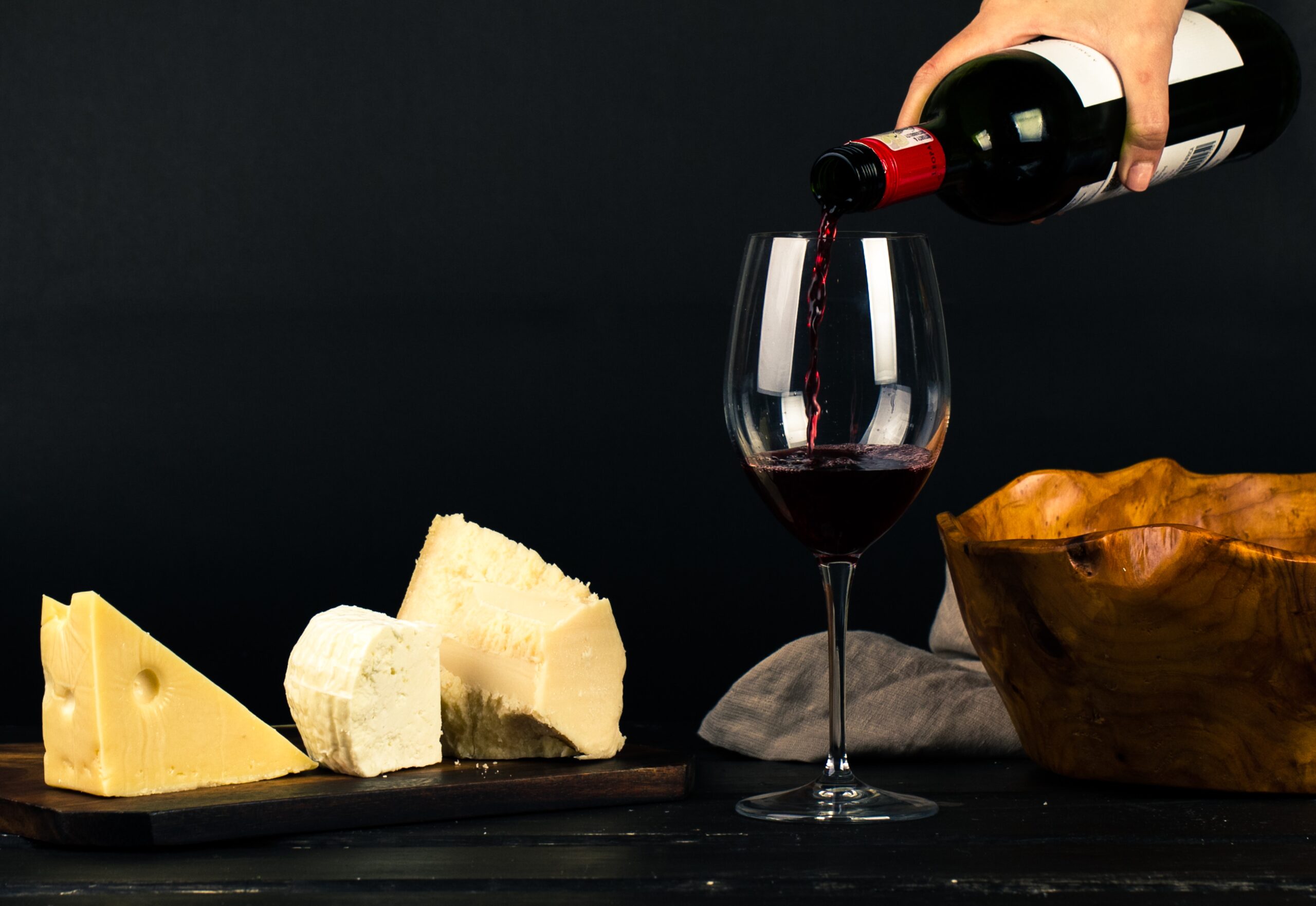
Found in Translation: A Guide to French Wines
As is the case with French cuisine and French cheese, French wines have a well-deserved reputation for quality. So much so, in fact, that wine aficionados eagerly anticipate their first trip to the “French Wine” section of their local wine shops…only to wander right back to the California section moments later.
The problem, of course, is the label. Not only is it in French, but it also is likely to be missing one of the key identifying elements that American wine lovers look for on the label: the varietal of grape in the bottle. How can Merlot fans find a fabulous French Merlot, or Chardonnay lovers know a Chardonnay from a Chenin Blanc, if it doesn’t say on the label? And why not just add these easily understandable terms to the labels? While some French wineries are doing just that for the US market, the majority are not, and so learning to decode the label is the best way to ensure you’re getting the wine you want.
Similar to the European AOC that controls the regions in which certain cheeses are produced, France’s wine-growing regions are strictly controlled by its government. Just as some of the best cheese come from Normandy where the cream is richest, the French believe that it is the geography of the vineyard – not the type of grape used – that is most important in creating a good French wine. Additionally a lot of French wines feature more than one type of grapes. Centuries of winemaking experiences have helped to distinguish just the right grapes to be grown in each region, based on the climate, the topography and the prevalence of historic Chateaux with generation of winemaking expertise.
So then, the key to understanding French wine labels is to have an idea of what types of appellations are grown in each region. This information, coupled with the French terminology for the wine’s quality and aging process, can help decode the wine label.
- If you’re searching for a crisp, refreshing, young white French wine like Riesling, head for the wines from appellation in Alsace. Approximately 80% of this region’s wines are dry whites.
- Fruity light reds like Beaujolais, White Zinfandel or Rose are the province of Provence appellations.
- The Loire Valley produces mostly Chemin Blanc and Sauvignon Blanc.
- The best French wines are crafted in the Burgundy and Bordeaux regions of France. To find a good Pinot Noir, Burgundy or Chardonnay, head to the Burgundy section, as these are the most popular grapes grown in this region. If you’re looking for a wonderful Merlot or Cabernet Sauvignon, look no further than the Bordeaux section. For a full-bodied red, look for the word “Pomerol” on the label; for a medium bodied red, look for “Bordeaux AOC.”
Now check the label for these quality indicators:
- Appellation d’origine contrôlée (AOC) indicates a top shelf wine. Among the criteria controlled by the AOC are the variety of grapes, the density and size of vines, the maximum yield of the vines, the minimum alcohol level of the wine, and the method of culture and vinification.
- The Cru and the Clos distinctions will identify individual vineyards or Chateaux within certain regions of France, such as Burgundy and Bordeaux. Grand Gru is the best, Premier gru is very good and Cru Bourgeois is a good quality, but often affordable, wine.
- Vin délimité de qualité supérieure (VDQS) is a “superior quality French wine,” second only to an AOC wine, and has strict controls on production and variety of grapes used.
- Vin de Pays D’Oc is a “wine of the country.” It’s a table wine, but a good quality one, coming from a particular region with a specific vintage. This classification is controlled for the source of the grapes and the density of vines per acre.
- Vin de Table is a basic French table wine. Some are weak, while others are quite good. Trial and error is the best way to determine which is which – but the price for these french wines does not prohibit experimentation.
